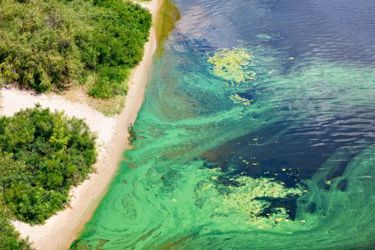Algal Bloom Hotspots: Where Are The Most Affected Areas In The U.S.?

Algal blooms are turning iconic American waterways into recurring environmental battlegrounds. From the Great Lakes to the Gulf of Mexico, these toxic events are disrupting ecosystems, threatening public health, and hitting local economies hard. But while blooms are now a national issue, certain regions have become chronic hotspots—and understanding why is key to addressing the growing crisis.
Lake Erie leads the list, plagued by annual summer blooms driven by nutrient runoff from surrounding farmland. In 2014, a massive bloom contaminated Toledo’s drinking water, affecting over 400,000 people. Florida’s Gulf Coast battles red tides, toxic blooms that kill marine life and cause respiratory issues. California’s coast is threatened by domoic acid-producing diatoms, endangering sea life and fisheries, while Chesapeake Bay struggles with both low-oxygen “dead zones” and harmful cyanobacteria.
Better monitoring tools—from satellite imagery and in-situ sensors to citizen science apps—are helping communities track and respond to blooms in real time. Combined with smarter land-use practices and stronger nutrient policies, these tools offer a pathway toward protecting our most at-risk waters. Recognizing the hotspots is the first step; building resilience is the next.
Get unlimited access to:
Enter your credentials below to log in. Not yet a member of Water Online? Subscribe today.
